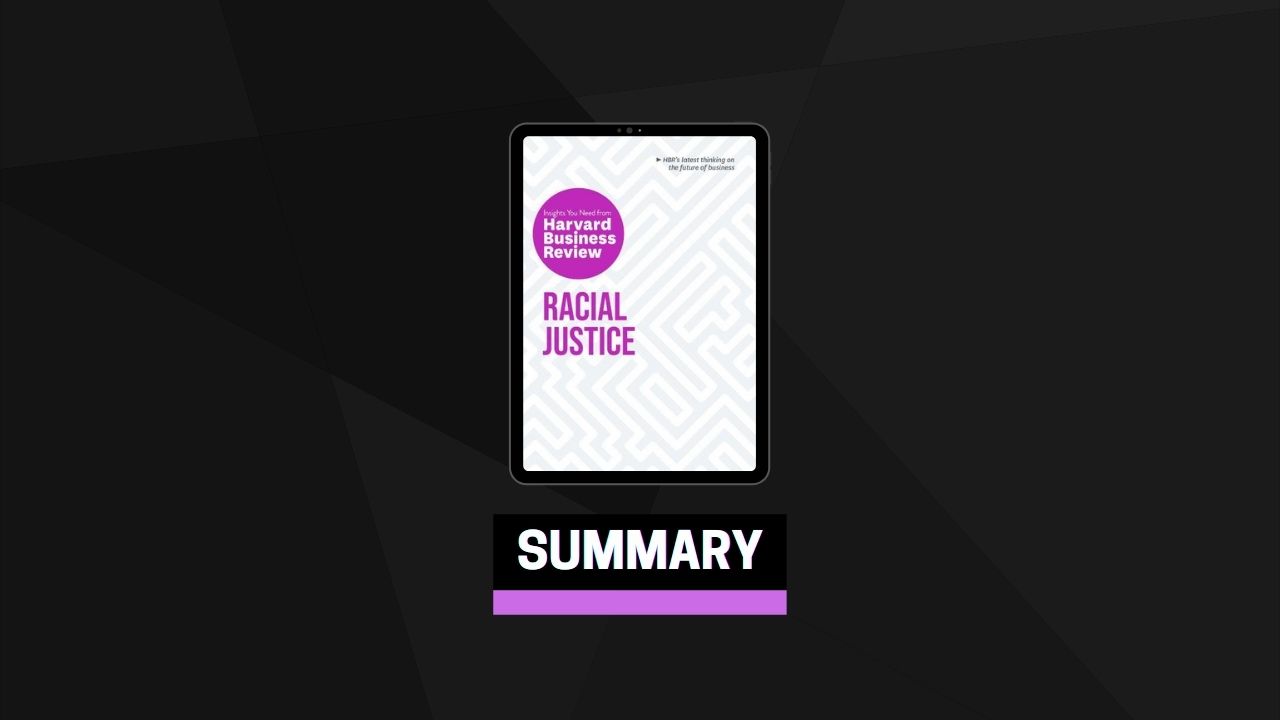U.S. Businesses Must Take Meaningful Action Against Racism
Leaders at every level must use their power, platforms, and resources to help organizations overcome racism and build a better world for us all. To make meaningful change, avoid three missteps and take three actions:
✓ Don’t keep silent to avoid difficult conversations. No one has the perfect words to address the atrocities in our society, yet it is our responsibility to try.
✓ Avoid becoming overly defensive when your worldviews, positions, or advantages are challenged.
✓ Refrain from overgeneralizing about individuals of a particular race, gender, or identity. They may have shared experiences, but there is diversity within groups.
✓ Acknowledge any harm that your Black and brown coworkers have endured. Commit to lifelong learning about racism.
✓ Affirm your employees’ right to safety and personhood. Help them feel supported and protected.
✓ Act by using your power to advance racial justice. This could mean enacting policies, pledging money, or organizing in the community
The 10 Commitments Companies Must Make to Advance Racial Justice
Major corporations have been voicing their support for racial justice, but words alone do not suffice. Companies should make concrete commitments to achieving racial equity in their workplaces and society. These 10 are within the power of every company:
- Commit to antiracism personnel policies and racial equity training.
- Commit to pay equity.
- Commit to giving employees a voice.
- Commit to supporting full participation in democracy.
- Commit to lobbying for good.
- Commit to paying a living wage.
- Commit to paid parental and sick leave.
- Commit to full health care coverage for all employees and support national health care.
- Commit to an employee emergency relief fund or low-cost loan program.
- Commit to democratize employment applications.
Toward a Racially Just Workplace
At most large U.S. and multinational organizations, diversity and inclusion have become imperatives, but the power of African Americans in these organizations remains limited and their experiences leave them feeling like outsiders. To maximize the human potential of everyone in the workplace, organizations should take these specific steps toward racial justice:
✓ Shift the conversation from an exclusive focus on the most lucrative thing to do to the right thing to do with regard to race.
✓ Encourage open dialogue about race.
✓ Revamp diversity and inclusion programs to clarify goals and focus on proactive steps.
✓ Manage career development across all life stages, from campus recruitment to the consideration of Black executives for top jobs
Numbers Take Us Only So Far
Though executives tend to think they’re hiring and promoting fairly, bias still creeps into their decisions. People analytics can replace gut decisions with data-driven ones, but firms often say that they don’t have enough people from marginalized groups in their data sets to produce reliable insights. Employers can take these steps to supplement small n’s and have a better chance of improving diversity and inclusion.
✓ Draw on industry data on underrepresented groups, and aggregate your research with reports from other companies in your sector. Extrapolate lessons from similar companies’ analyses.
✓ Perform textual analysis of written performance reviews, exit interview notes, and hiring memos, looking for language that signals bias or stereotyping.
✓ Get personal—examine individual cases, listen to the experiences of individuals, and use focus groups to gather critical information.
✓ Bring quantitative and qualitative analysis together as you look for signs of problems as well as progress.
How to Be a Better Ally to Your Black Colleagues
Black employees feel that they have not been adequately heard, understood, or granted opportunities to the same extent as their white peers. People of different backgrounds—particularly people managers—can become better workplace allies by following these four practices.
✓ Listen and learn from your Black colleagues’ experiences. For example, attend your company’s employee resource group meetings for Black employees.
✓ Engage with your Black colleagues in racially diverse and casual settings. You may gain deeper insights into their experiences in nonevaluative settings where other Black employees are present.
✓ Ask your Black colleagues about their work and goals. Ask what they are hoping to accomplish, any concerns they have about doing that, and how you might be able to help them reach their vision.
✓ Provide your Black colleagues with opportunities, suggestions, encouragement, and general support. Also, share (anonymously) their more challenging experiences with those who have the capacity to create systemic change.
How the Best Bosses Interrupt Bias on Their Teams
Companies spend millions on antibias training each year in hopes of creating more-inclusive workforces, but these programs rarely deliver. Although bias itself is devilishly hard to change, it is not as difficult to interrupt. There are several practices that individual managers can use to counter bias as part of their everyday work.
✓ In hiring, leaders should insist on a diverse pool, precommit to objective criteria, limit referral hiring, and structure interviews around skills-based questions.
✓ Day to day, they should ensure that high- and low-value work is assigned evenly and run meetings in a way that guarantees all voices are heard.
✓ In evaluating and developing people, they should clarify criteria for positive reviews and promotions, stick to those rules, and separate potential from performance and personality from skill sets.
How to Call Out Racial Injustice at Work
It takes courage to speak up about racial injustice at work, and raising these issues brings risk, especially for Black employees. However, there are five strategies you can use to improve your chances for leading change from within, mitigating risk of rejection, and preserving your career options and mental health.
✓ Use allies to speak as a collective. Find like-minded colleagues and raise the issue together.
✓ Channel your emotions (but don’t suppress them). Revealing the full extent of your rage or despair sets you up to be treated dismissively.
✓ Anticipate others’ negative reactions. Speaking up may evoke defensiveness and fear.
✓ Frame what you say so it’s compelling to your counterpart. Make it easier for those you’re imploring to change to see your message as coming from a position of “we are evolving together.”
✓ Follow up afterward. If you need people to stand with you for real change to take root, you’ll want to check in.


